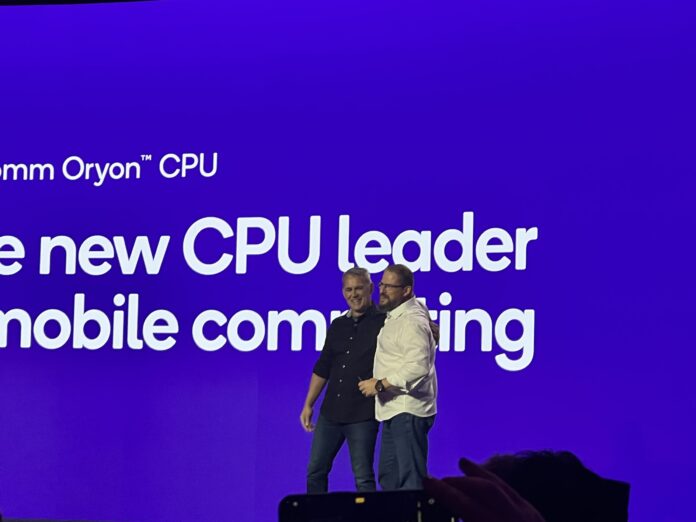Qualcomm grew revenue 5% compared to Q1 2023 despite contraction in the IoT business
Growth in its handset and automotive businesses led Qualcomm to first quarter 2024 revenues of $9.9 billion across its licensing and connectivity segments. The company reported 16% growth in handsets and 31% growth in automotive compared to the same quarter last year. The company acknowledged industry-wide softness in IoT (which Qualcomm breaks down into consumer, industrial and edge networking), but sees opportunities around AI-enabled PCs using its Snapdragon X Elite platform featuring the Oryon CPU, and as devices featuring 5G Reduced Capability (RedCap) silicon hit the market.
Providing commentary on the handset market, CEO Cristiano Amon described the company’s latest premium-tier Snapdragon 8 Gen 3 mobile platform as “setting a new standard for on-device gen AI experiences for premium smartphones.” He called out Samsung’s use of the 8 Gen 3 in its recent Galaxy S24 globally, and in the Galaxy S24 and Galaxy S24 Plus in some markets.
And while he declined to gives specifics on the duration of the deal, Amon did share that Qualcomm has “extended a multi-year agreement with Samsung relating to Snapdragon platforms for flagship Galaxy smartphone launches.” Related to licensing of some of its technologies, Amon noted that Apple extended its global patent license agreement with Qualcomm to March 2027. And, he said, “We have renewed long-term agreements with two significant Chinese smartphone OEMs.”
With regard to its IoT business, Amon said the RedCap compatible Snapdragon X35 will be in devices in the first half of this year. Despite year-over-year revenue decrease, “We continue to believe that industrial edge devices with connectivity, high-performance computing and on-device AI will become one our largest addressable opportunities fueled by the secular trends of digital transformation. As such, we’re accelerating our investments in solutions, ecosystem, and broad channel enablement to position ourselves for growth while we navigate the industry-wide drawdown.” To his digital transformation point, Amon gave examples of Zebra Technologies and Toshiba demoing on-device generative AI for retail inventory management and other use cases, and Honeywell using a Qualcomm-powered edge AI device for warehouse applications.
In response to a question, Qualcomm CFO and COO Akash Palkhiwala gave some perspective on macro trends impacting IoT. “From an IoT inventory perspective, what we have seen is stabilization really on the consumer side…We were one of the first to call out the weakness in IoT, and now we’re seeing it go through both on the industrial and the edge networking side.” That said, Qualcomm is guiding up mid to high single digit growth in IoT.
Qualcomm’s automotive business continues to boom with revenues hitting $598 million in Q1 this year, up 31% from the year-ago quarter. Amon called it “an important pillar of our growth and diversification strategy.” He called out 75 new vehicle models launched in 2023 featuring Qualcomm’s automotive tech which ranges from infotainment, advanced driver assistance system and other systems that support the transition to software-defined vehicles.
Back to Qualcomm’s Snapdragon X Elite platform sporting the Oryon CPU, the result of its acquisition of Nuvia. The CPU will first hit the market in PCs in the middle part of this year, but it’s also central to Qualcomm’s broader diversification strategy and push for on-device AI. Amon laid out the next steps. “As we take [Snapdragon X Elite] into mobile next, we’re seeing significant interest from our partners as it truly becomes a leadership position in the marketplace now across all cores, not only graphics and AI but also CPU. And we’re not stopping there. Following smartphone, it’s going to go into our automotive business. And we’re excited about what the team has accomplished to date. Oryon is really well-positioned to be the leading CPU core in the industry.”

